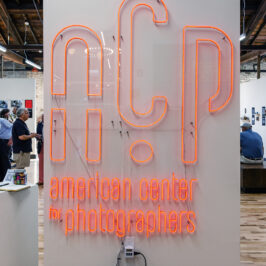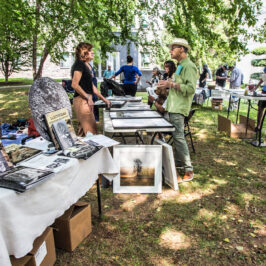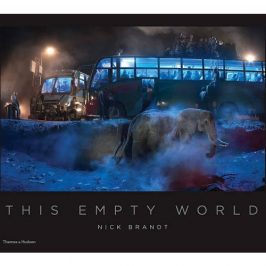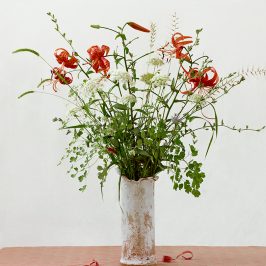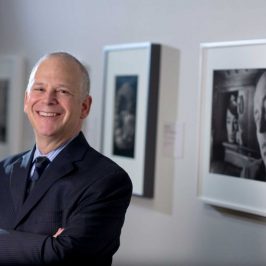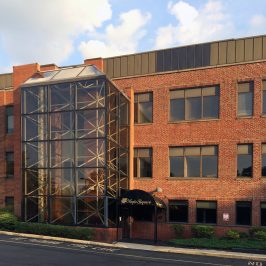With the seasons quickly changing, I chose to pair together a few photos from the after-sale catalog, all in the spirit of landscapes. Photos are coupled to highlight a similarity either in theme, effect, or the backgrounds of the artists.
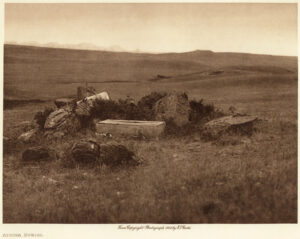
Atsina Burial is a slight departure from the typical portrait-style photos of Edward Curtis. In the photo, a coffin rests in the center of a group of rocks that may have been strategically placed to mark the event. The landscape is lackluster, and the shading downplays the significance of the hills in the background.
The photo keeps within the theme of Curtis’ thirty-year long effort to document a declining way of life, while approaching the idea from a different angle.
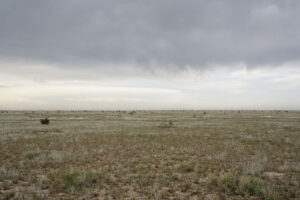
Theo Anderson’s Field—Near Hope, New Mexico (above) is one of his CADILLAC series. The border between sky and ground is defined by the grey clouds above, providing a contrast that lets the viewer assess both as separate entities before seeking to understand the interplay of the two. The depth of the photo is similar to the one taken by Curtis.
Anderson describes his project, saying, “the photographs are not so much about place as they are about transformation. The context of everyday American life is used in my visual exploration.”
Anderson’s emphasis on transformation is captured here as a natural phenomenon rather than a human-induced occurrence like other photos in his project emphasize.
Although captured in a different context, this idea is relevant to the motivation behind Curtis’ work to record various Native American cultures, knowing that both artists shared an interest in capturing the dynamic nature of ongoing events.
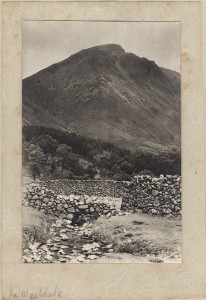
This photograph was taken by Frederick Evans—a British photographer who dedicated his time to capturing European cathedrals in different lighting. However, the only man-made structure in this scene is a stone wall resting at the base of a mountainous landscape, serving as a feature rather than the subject.
The symmetry of the mountain becomes the main interest, and the proportional divide it creates may be what makes the image unique. Nonetheless, the photo highlights some obtuse yet striking angles that may have appealed to his curiosity.
The vertical shot may also demonstrate a tendency from Evans’ background in documenting the extravagance of European architecture. It’s a unique venture away from his signature pieces, but one that may be an echo of his persona.
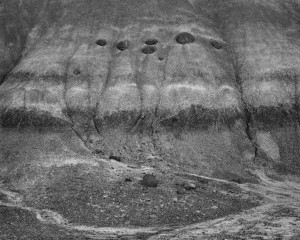
Jay Dusard’s Northern Arizona is paired with Evans’ image to highlight an overlap in their backgrounds.
Like Evans, Dusard began working in architecture. His shot features a view of the rocky landscape angled similarly to the one taken by Evans. They show a parallel rigidness, but Dusard’s close crop provides more abstraction and less visual context.
His photo allows the natural structure to serve as the standalone component, forcing the viewer to imagine the color transitions unique to the American Southwest. The segment of his focus is a prototype of the shading that one might imagine to encounter upon visiting the region.
I hope these landscapes took you away from the desk for a few minutes!
– Danielle Jordan
The Photo Review Intern, Fall 2014


